Search

Grape Jam
Try this research-tested recipe for grape jam courtesy of the National Center for Home Food Preservation.
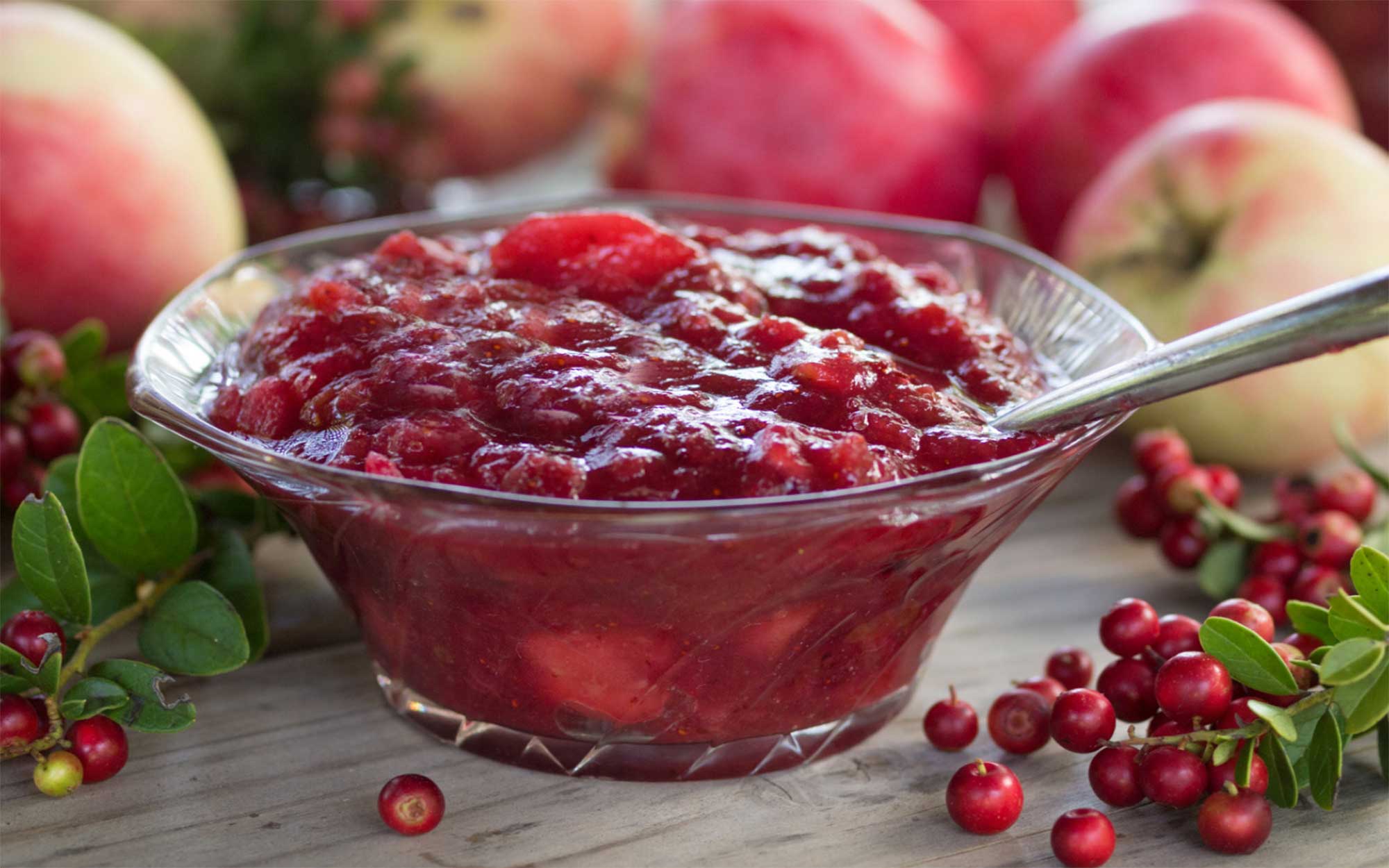
Mixed Fruit Jelly
Try this research-tested recipe for mixed fruit jelly courtesy of the National Center for Home Food Preservation.
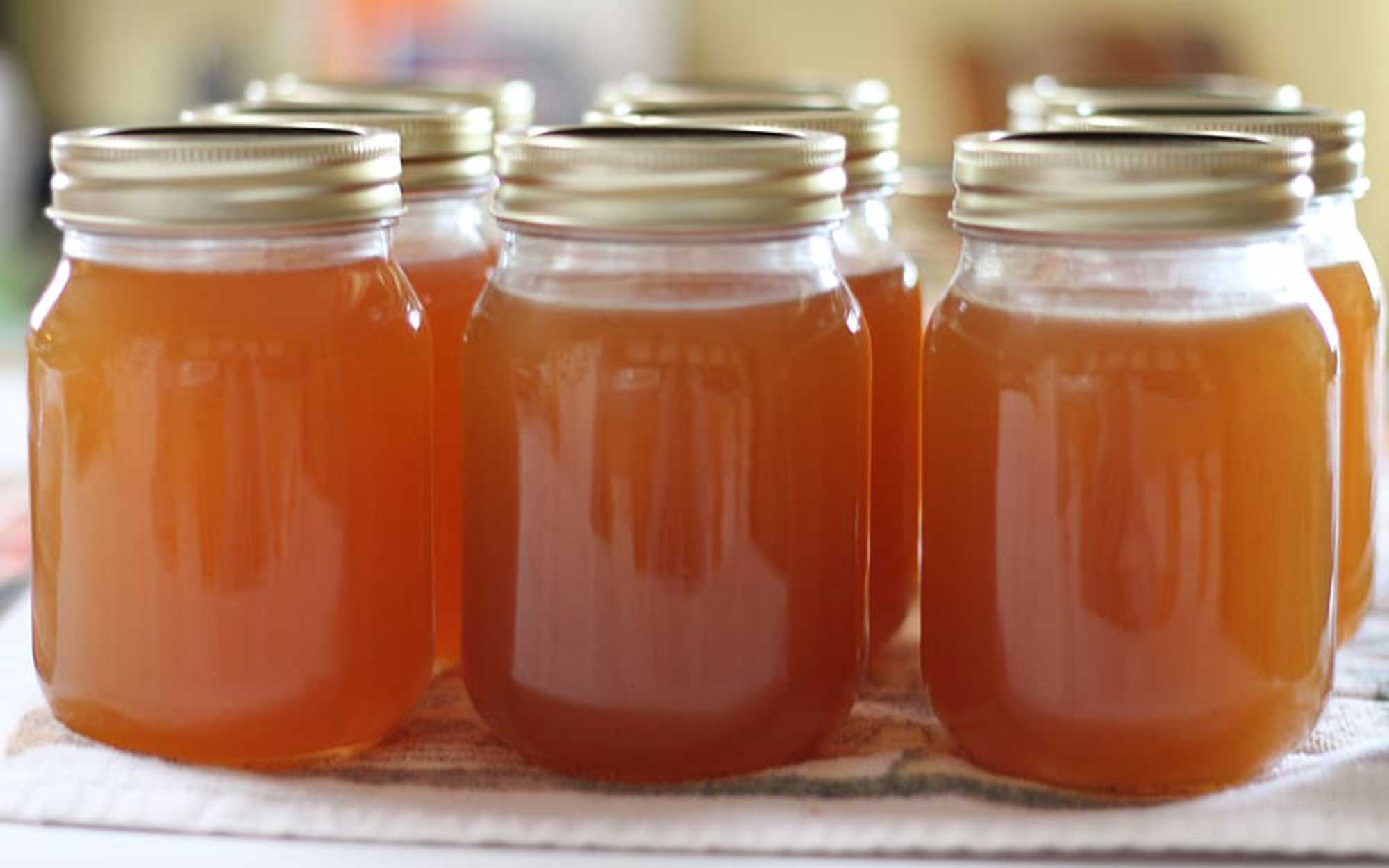
Reduced-Sugar Apple Jelly
Try this research-tested recipe for reduced-sugar apple jelly courtesy of the National Center for Home Food Preservation.
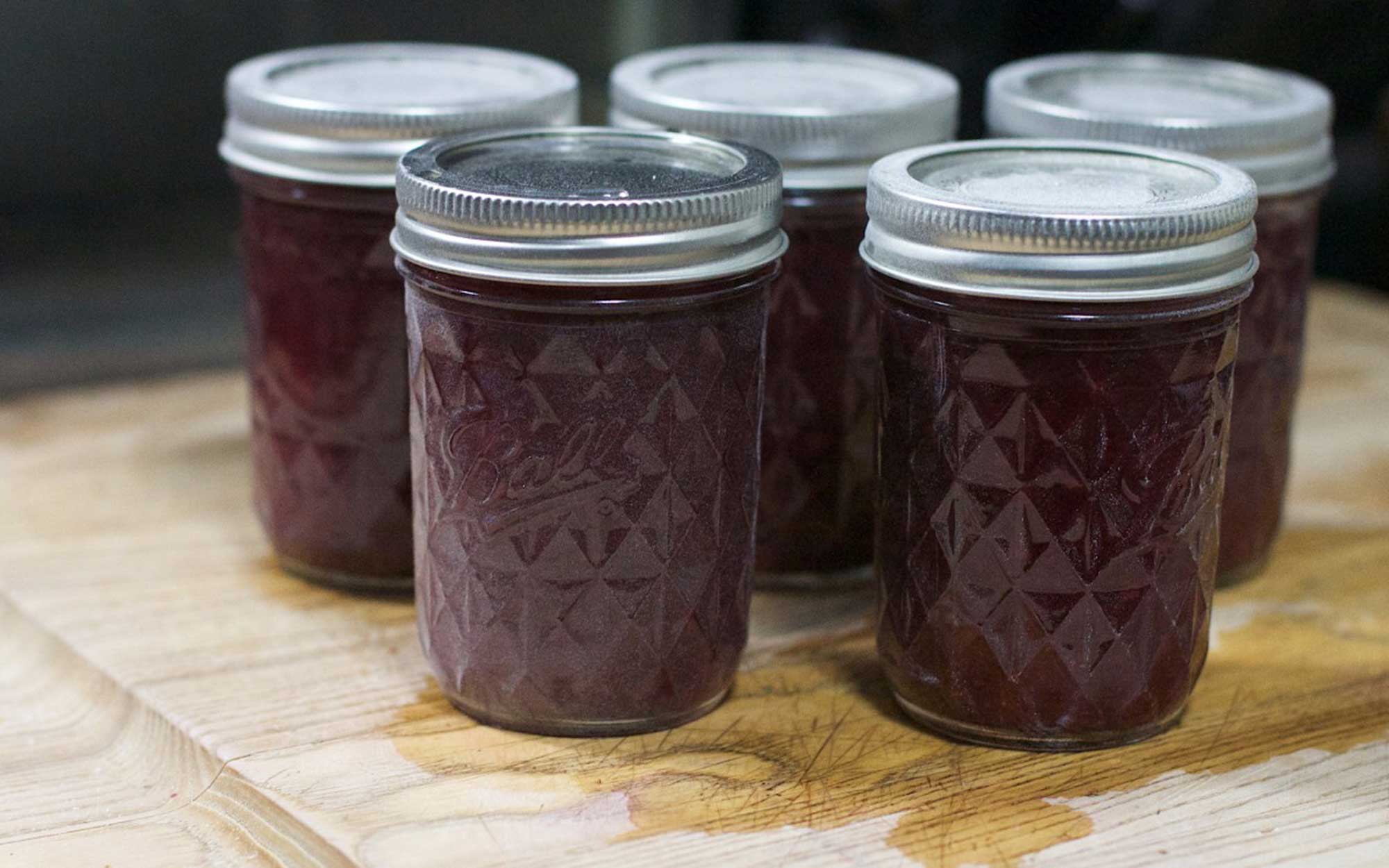
Reduced-Sugar Grape Jelly
Try this research-tested recipe for reduced-sugar grape jelly courtesy of the National Center for Home Food Preservation.
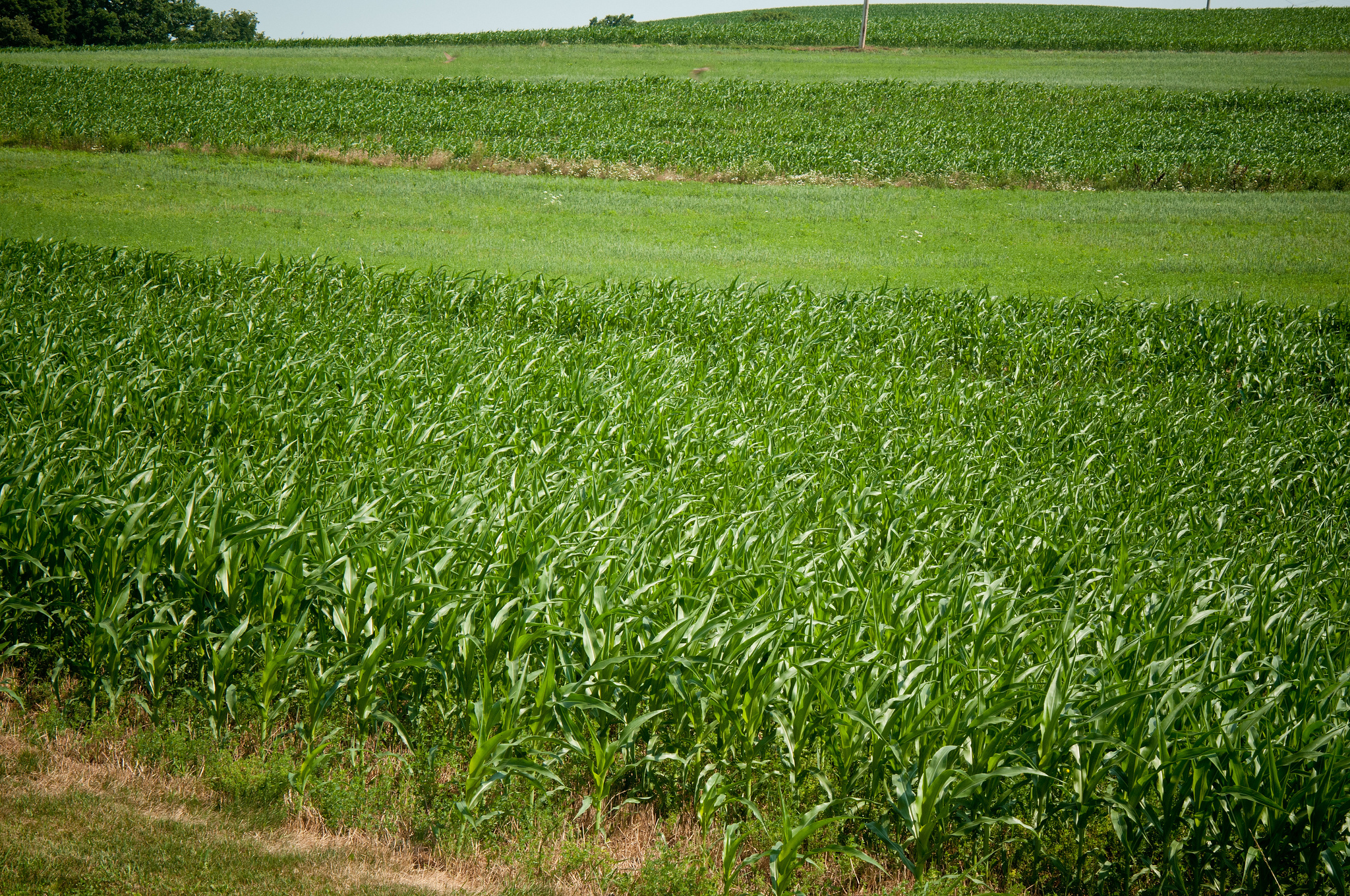
Crop Diversification Potential: Improving Soil Health & Farm Profitability
Two-year corn-soybean rotation coupled with heavy chemical inputs has become the routine practice of agricultural production in the Midwestern United States. According to USDA/NASS data, corn and soybean prices received by producers in South Dakota both reached the peak levels of $7.39 and $16.00 per bushel, respectively, in August, 2012.
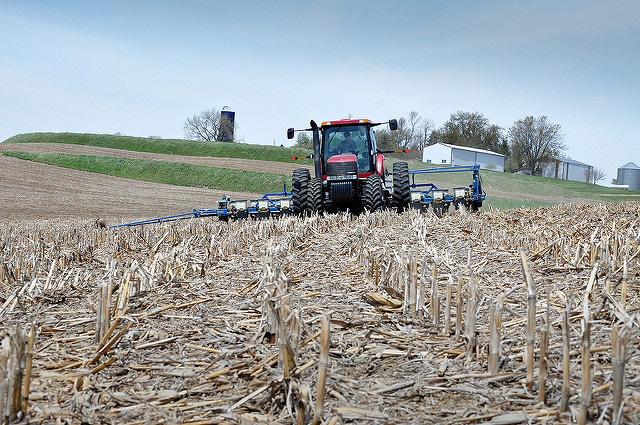
Project to Study Soil Health Economics in South Dakota
Soil degradation has become one of the most pressing global issues, because of its adverse effects on world food security, environment and quality of life.

Tips for Purchasing and Preparing Turkey, Ham and Prime Rib
From turkey to prime rib, let’s look at some things to consider before you sink your teeth into your next holiday meal.

Do Cover Crops and Grazing Harm Soil Properties?
Fact sheet for a study that was conducted to compare short and long-term animal grazing on soil health and water properties at four locations in SD.
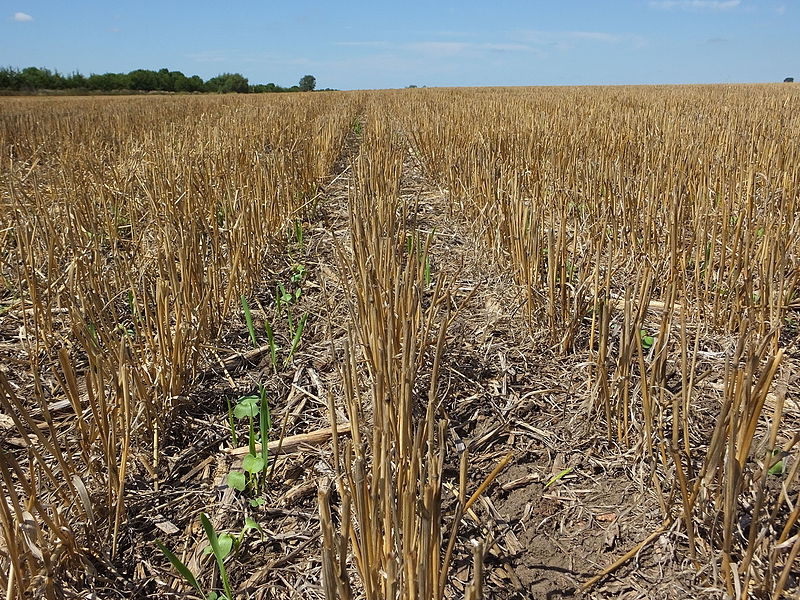
Cover Crop Adoption: Farmers’ perceived benefits & barriers
Cover crops are generally defined as crops planted between cash crops to cover and protect the soil. Some demonstrated benefits of cover crops include: reduced soil erosion, increased soil organic matter, increased biological diversity, increased nitrogen supply, and weed control. Depending on the farmers’ objectives, different species of cover crops can be planted. For example, if a farmer’s main objective is to increase nitrogen supply, then legume cover crops best suited to the farm area should be selected.
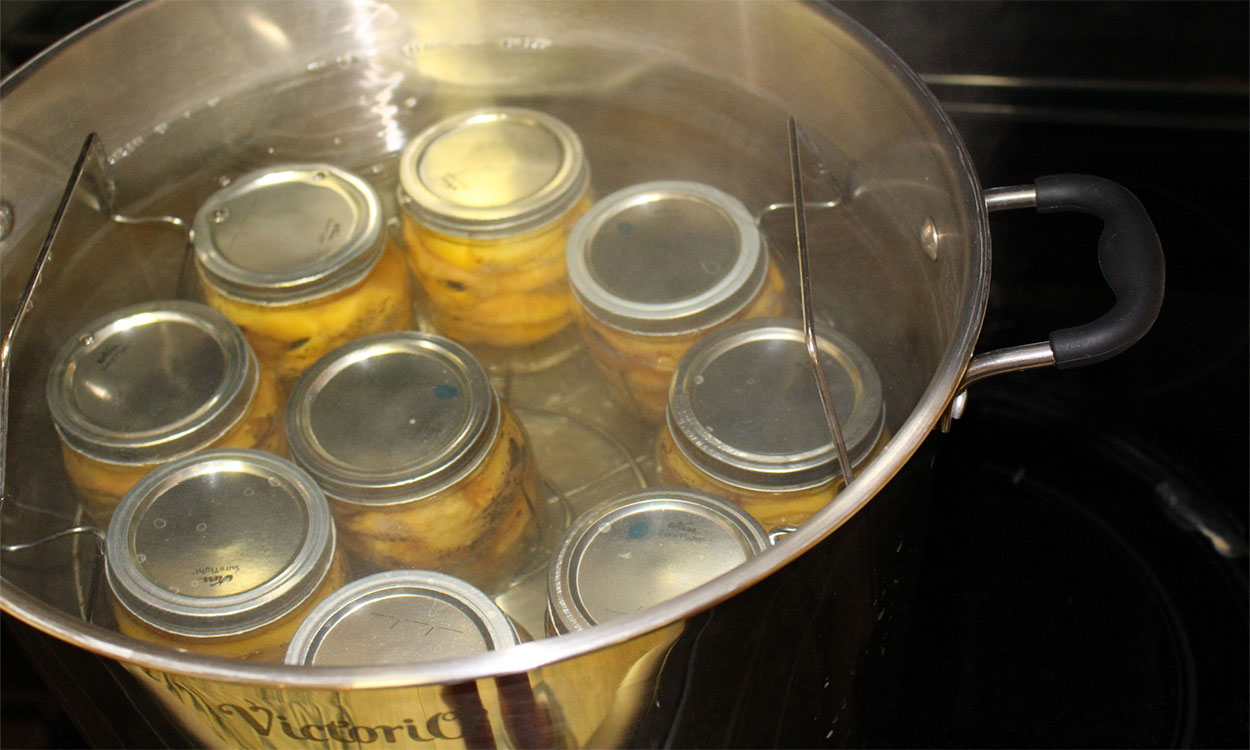
How to Can Peaches
While peach season is only May through September, you can enjoy peaches all year by preserving them through safe canning methods. Learn how to can peaches in your own kitchen with these step-by-step instructions.